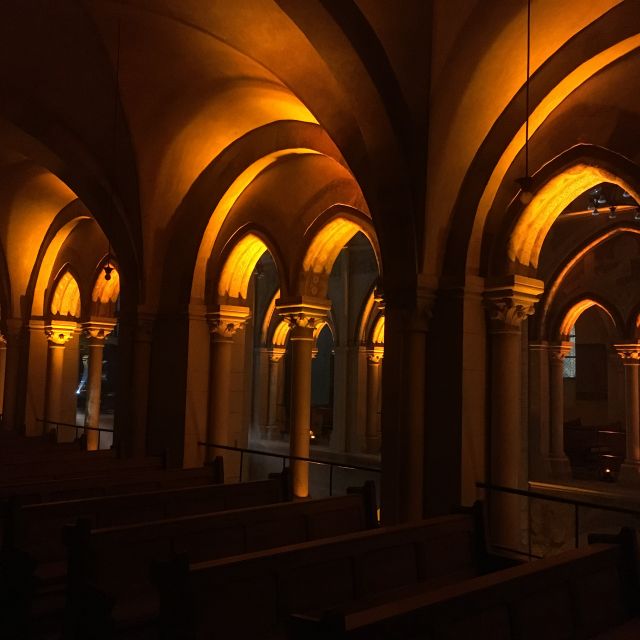Published
06.10.2017
06.10.2017
Four Episodes from Mother Julia's Youth - part IV
The meeting with St Paul

One evening – not long after having received her own Missal (she was about 15 years old) – Julia was preparing for Holy Mass, reading the liturgical texts of the next day. That evening, she didn’t notice anything unusual, but the next morning during Mass she became so overwhelmed by a reading of St. Paul so as to lose, for a brief period of time, all touch with her immediate surroundings: “ ‘For the time is coming when people will not endure sound teaching’ (2 Tim 4:3). I was so seized by this declaration of St Paul, that I seemed to be totally immersed in the substance of the text. It seemed to me that Paul had revealed its deepest meaning to me and had invited me to order my life according to it.”
From this moment, the Apostle Paul became her personal guide, leading her to grow ever more in the richness of faith and in the mystery of the Church. He helped her to find interior serenity and to grow in love for the Church: “His letters provided me with a strength-giving and much loved nourishment. I discovered in them, if I may put it this way, the holy Church, and I conceived a great love for the mystical body of Christ. I was, as it were, infused with this mystery, which has always accompanied me since. The Apostle Paul became for me an instrument of God, a spiritual guide and a beloved brother, whose presence I could come to know and experience. In those days, it was as if I went through a second conversion, towards the heart of Jesus and towards His body, the Church”.
In a totally unexpected way, Paul had entered into young Julia’s life. She found in him a friend who formed her conscience. Step after step, a transformation of feelings took place within her allowing her to open up to the gifts of divine mercy. The persons who met her could tell that she had a certain interior strength. Her prayer became more contemplative. Someone, who often went to pray at the parish church in Geluwe, testified: “I normally went to Church every day in the morning. The first person I would notice there ws a dignified young woman, who usually knelt close to the altar. Her whole demeanor radiated contemplation. She was, as it were, lost in prayer”.
More and more Paul opened her eyes to the loss of faith, which presented itself as a terrible storm. She understood that the Apostle wanted to give her a sense of direction and a helping hand in dealing with the difficulties of that period. The great spiritual poverty, the collapse of morality, the growing distancing of people from the Church, the weaknesses among the people of God and growing secularization of the surrounding world threatened to lead to a modern paganism.1 Paul let Julia understand that conversion and faith give us the strength to remain faithful even in the midst of new challenges: “This beloved brother and father showed me the path of profound conversion and led me in the spirit of discernment”.
Julia always kept in her heart the light of the Apostle Paul as a truly great treasure, even in times of search and interior struggle. At the end of her life she wrote: “I am very conscious of the fact that Saint Paul, who taught me the Word of God, was the instrument of grace in my life. He helped to open my eyes to the grace and the kindness of the merciful love of God, which had been hidden in the golden threads that ran through my life. He had given me a key, which opened my heart to the divine commands and laws. Thus I was able to understand that the works of God obey supernatural laws, which often cut against the grain of human considerations; that the Word of God, when it is received with an open heart, contains an amazing, transforming power; that our life’s merits and their supernatural effects are not dependent on the level of our activity, but on the love which animates us and which is poured into our souls through the Holy Spirit. For it is love that makes it possible for us to see God in everybody and everything”.
1 Cf. L. VOS, P. WYNANTS and A. TIHON, ‘De christeljike arbeidersjeugd’ in E. GERARD (Ed.), De christelijke arbeiderbeweging in België (Kadoc-Studies 11), Leuven: Universitaire Pers 1991, pp. 413-479.